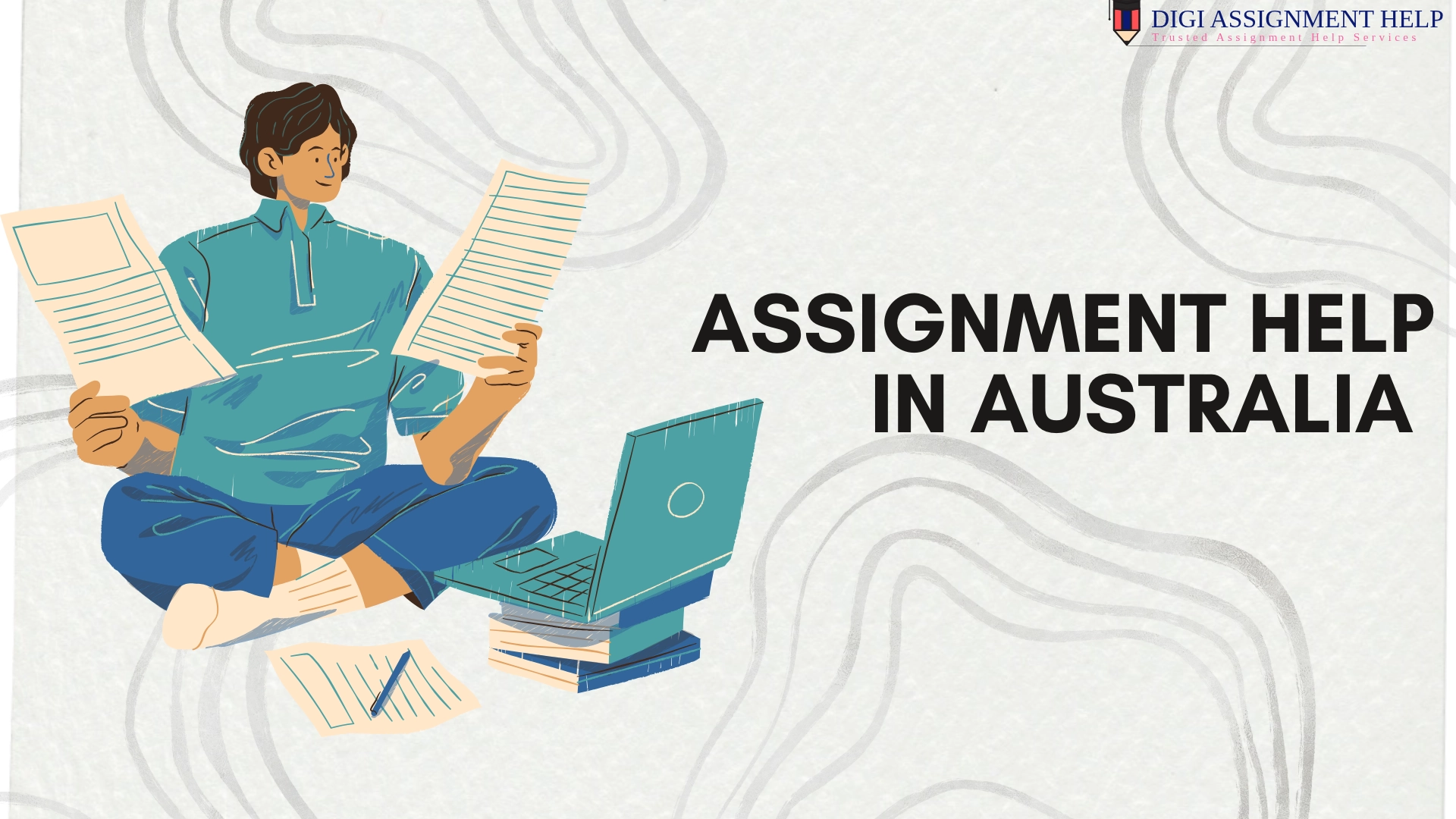Harvard VS APA VS Vancouver Referencing
 15-May-2025 10:52 AM
15-May-2025 10:52 AM

Australian universities value quality over everything else for their students’ assignments, research papers, and dissertations. Several factors influence the final judgment, like content quality, formatting, information presented, tone, etc. But what makes the real difference is the referencing style followed. It is a fundamental part of academics as it helps readers acknowledge the sources of information. The credibility and authenticity of these sources can be easily verified, proving the student’s diligence and dedication.
The three most common referencing or citation formats used in the Australian education industry are APA, Harvard, and Vancouver. Although they all serve the same purpose, their structures, rules, and usages are poles apart. Knowing them beforehand will help you adhere to the universal guidelines and avoid even the most minor mistake. After all, a certain percentile of your score will depend on how you use and present the said references. That being said, we have further elaborated on what these referencing styles are and their rules.
Why Is Referencing fundamental for academics in Australia?
Before delving into the three referencing styles we mentioned at the beginning, let’s first acknowledge their importance in the academic sphere.
-
Adding references to the information source speaks about honesty and transparency. You are at least giving credit to the original authors who put too much effort into presenting the information pieces.
-
Proper citation will help students ensure they are not plagiarizing their assignments. In other words, they can tell readers such pieces of information aren’t their brainchild.
-
Citing credible resources in the assignments will increase their value and authenticity. It proves that the students have put in serious effort into gathering proper information and completed the necessary research flawlessly.
-
It becomes easier for the readers to trace the origin of every information cited in the assignments. Hence, verification of their truths and authenticity becomes hassle-free.
-
Another important benefit of referencing is adhering to the academic guidelines. It proves that the writer has understood the key concepts and followed the institution’s rules.
Harvard VS APA VS Vancouver: Overview of the three referencing styles
Harvard referencing
This is the most common referencing style used across Australian universities. when no specific style is mentioned, students follow this by default. One thing to note here is that the Harvard citation format doesn’t have any global standardization. In other words, the rules and disciplines often vary from one university to another.
-
The correct format to present Harvard references is Author-Date.
-
It is more commonly used in fields like the humanities, business, and social sciences.
-
You will have to include the reference in your text in the correct format, which is the Author’s name followed by the date of publication. For example, Smith, 2009.
Pros
-
It has a simple structure that won’t require too much R&D>
-
Students can easily follow the referencing style.
-
Most people become familiar with this citation format only from their high school.
Cons
-
Different variations can be confusing for beginners.
-
It is error-prone due to the absence of standardization.
APA Referencing
Another common referencing style used across Australian universities is the APA referencing. It is quite similar to that of the Harvard format, but with more specifics and detailed guidelines. Currently, the 7th edition is in practice globally.
-
Type is similar, Author-Date.
-
It is mainly used in areas like psychology, social sciences, education, and nursing.
-
The in-text citation should have the Author’s name, year of publication, and the page number.
Pros
-
This is widely used on the international platform, which marks it as a popular referencing style.
-
Thanks to the detailed guidelines and specifications, ambiguity has been reduced significantly.
-
Sources can be varied, including podcasts and social media posts.
Cons
-
The detailed rules can increase complexity for beginners.
-
Time consuming since it requires special formatting, like italics, heading indents, and so on.
Vancouver Referencing
The Vancouver referencing style is solely focused on the use of numbers to cite the information sources. Unlike Harvard and APA, it is used mainly in areas where in-depth research is of utmost importance.
-
This referencing style has gained traction in academic sectors like biology, medicine, and health sciences.
-
The numbers used in the in-text citations always correspond to a numbered referencing list.
For example, you will prepare a list of all references in a single page, while ensuring they are properly numbered. Once it is done, you just need to mention the number within the text that will correspond to the correct source of information.
Pros
-
There will be no clutter in the in-text citations due to the use of numbers.
-
It makes clinical research papers and scientific write-ups easy to understand.
Cons
-
Students and readers will have to put in more efforts to track the numbers with the referencing list.
-
Reordering the citation is a tedious job and can introduce errors.
Key differences between the referencing styles
|
Features |
Harvard |
APA |
Vancouver |
|
Citation type |
Author-Date |
Author-Date |
Numbered |
|
In-text example |
(Smith, 2020) |
(Smith, 2020) |
(1) |
|
Reference order list |
Alphabetical |
Alphabetical |
Numeric |
|
Disciplines |
Business and humanities |
Nursing, education, and psychology |
Clinical trial papers and scientific research |
|
Complexity |
Moderate |
High |
High |
|
Customization |
Varies according to the university |
Standardized use of the 7th edition |
Strict numeral format |
How to achieve flawless referencing in Australia?
If you are worried about failing to adhere to the correct referencing standards, here are a few tips that will be helpful.
-
You can use different tools online to manage the references for every assignment.
-
Ensure you know the university’s guidelines regarding referencing style, especially that of the Harvard format.
-
Always be consistent with the in-text citations. In other words, stick to a single format end-to-end for a particular assignment.
Conclusion
Referencing has become a mandatory job for all university students in Australia. Whether it’s a simple essay or a dissertation paper, in-text citation helps them to avoid plagiarism and increase the overall credibility. However, it can be a cumbersome task for beginners or students who have more than one assignment to complete. That’s why you can delegate the job to a trustworthy academic partner, like Digi Assignment Help. Their experts will not only gather information from authentic and credible sources but also adhere to the speicifc referencing style guidelines.



























